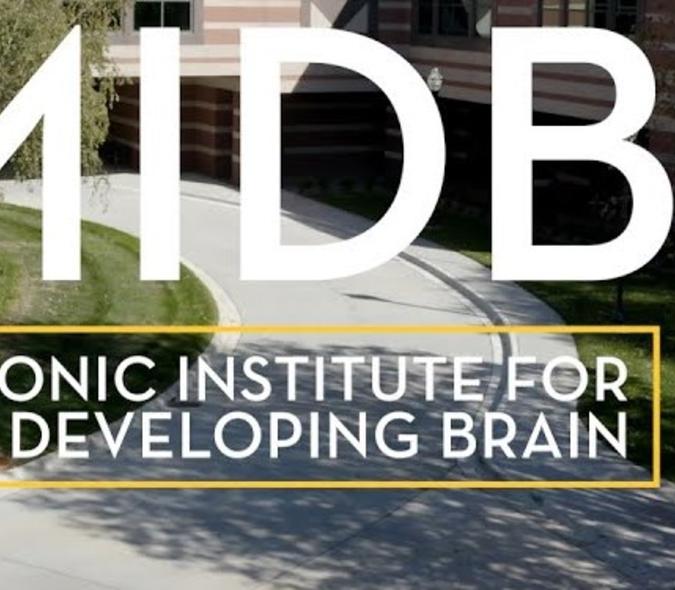
U of M pilot study of novel approach to treating anorexia nervosa shows promise, leads to larger NIH-funded clinical trial
Anorexia nervosa (AN) can be challenging to treat, especially in the adult population. There are psychological interventions available but none have become a reliably sustainable gold standard. U of M researchers and Department of Psychiatry and Behavioral Sciences faculty members Annie Haynos, PhD (who is now at Virginia Commonwealth University); Assistant Professor Lisa M. Anderson, PhD; and Professor Carol B. Peterson, PhD, want to add a treatment to therapists’ toolkits that might help change that.
Building on foundational work led by Michelle G. Craske, PhD, of the University of California, Los Angeles (UCLA), the U of M researchers recently completed a small pilot study using a novel adaptation of positive affect treatment (PAT) for anorexia nervosa (PAT-AN). According to Peterson, it is an evidence-based, neuroscience-informed type of cognitive behavior therapy that focuses on increasing positive emotions, rather than decreasing negative ones.
Increased mood

When you increase positive emotions, you tend to improve mood as well. “Mood is really important in anorexia nervosa in a number of ways,” said Peterson (pictured here). “Mood disorders, especially depression, have a high rate of co-occurrence with AN.” She added that independent mood disorders related to anorexia nervosa are caused by a complex combination of psychological, neurobiological, nutritional, and genetic factors.
When the researchers took five patients through the revised therapy, the team discovered some positive changes in eating disorder symptoms, especially at the follow-up point. “That is a big deal because you often see a return to pre-treatment behaviors,” said Anderson. “In addition, there were significant changes in depression and anxiety, which were also indicated at the follow-up point. When comorbid conditions show improvement, that’s a good sign.”
High acceptability, low drop-out
What stood out for Peterson was the high level of treatment acceptability and low drop-out rate. “That’s unusual for eating disorder studies,” she said. “The participants were very enthusiastic about the treatment.”
Based on their positive initial results, the team is now enrolling and randomizing for a clinical trial of this treatment. The trial is funded by a National Institutes of Health R34 grant with Haynos as the Principal Investigator. “We’re working with people who have been weight-restored but they’re in that vulnerable early recovery stage,” said Peterson. The study team is delivering the treatment using Zoom and comparing it to the more traditional cognitive behavior therapy approach.
Serving larger audience
“We see PAT-AN as something that can be used in conjunction with other higher levels of care for treatment for anorexia nervosa,” Peterson added. “Our grant application was in response to a request from the NIH looking for post-acute treatments that can be widely disseminated. Using the Zoom platform, we can serve people across the country…those who may not have access to other forms of treatment.”
The research team based their pilot study treatment on the way that Craske’s team applied PAT to patients with depression and anxiety. Haynos oversaw the adaptation of the UCLA team’s work. The U of M team left most of the components in the original therapist and patient manuals intact. “We know from the research that there is a lot of overlap between anorexia nervosa and depression and anxiety,” said Anderson. “There were a few aspects, however, that we needed to address. For example, we took anything related to eating food out of the original manual because it isn’t helpful for individuals with AN.”
Positive rewards

People with AN also have diminished perception of rewards that are often positive for other people. “We added a module about positive rewards associated with AN — restricting food intake, engaging in excessive exercise, and pursuing weight loss — with the goal of helping patients find substitutions or different kinds of rewards,” Anderson (pictured here) continued.
Participants were given a workbook and handouts and self-monitored their progress through the materials during the pilot study. “We guided them but they decided on the engagement level based on their comfort and what they found useful,” said Peterson. “In general, we found that almost everyone was very eager to try the approach because of its focus on eliciting positive emotions and changing what they found negative.”
Scanning their environment
The pilot treatment relied on helping the participants intentionally increase positive events and experiences, training them to scan their environment in a different way, seeing things more positively. It also focused on positive psychology, a field that looks at ways to upregulate rewards and positive emotion through things like mindfulness, gratitude, and self-compassion, noted Anderson. The team then aimed at trying to make the positive aspects of the eating disorder less rewarding. The final phase was focused on relapse prevention.
According to the paper published about the study, “PAT-AN holds promise as an innovative treatment with capability to simultaneously improve eating disorder symptoms, affective symptoms, and underlying reward mechanisms.” Learn more: “A randomized, controlled pilot study of positive affect treatment adapted for anorexia nervosa.”



